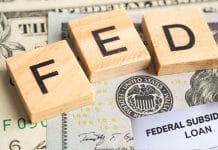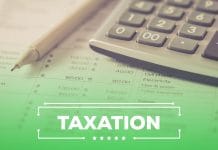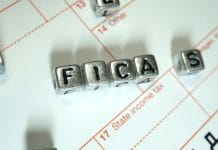You’re sitting at your kitchen table, surrounded by credit card statements, feeling like you’re drowning in a sea of minimum payments and interest charges. If this sounds familiar, you’re not alone. Millions of Americans are struggling with credit card debt, and the good news? There’s a lifeline waiting for you.
A credit card debt relief program could be your ticket to financial freedom, but with so many options out there, it’s easy to feel overwhelmed. Don’t worry—we’re about to break down everything you need to know in plain English.
What Exactly Is a Credit Card Debt Relief Program?
Think of a credit card debt relief program as your financial GPS when you’re lost in debt. It’s essentially a structured plan designed to help you reduce, manage, or completely eliminate your credit card debt through various methods.
These programs aren’t one-size-fits-all solutions. Instead, they come in different flavors, each with its own approach to tackling your debt monster. The main goal? Getting you back on solid financial ground without losing your sanity (or your credit score) in the process.
The Four Main Types of Debt Relief Programs
Let’s dive into your options, because understanding what’s available is half the battle won.
1. Debt Management Plans (DMPs)
This is like having a financial coach in your corner. Credit counselors work with your creditors to create a payment plan that actually fits your budget.
How it works:
- You make one monthly payment to the credit counseling agency
- They distribute payments to your creditors
- Interest rates often get reduced
- No more juggling multiple due dates
Timeline: Typically 3-5 years
Credit Impact: Neutral to slightly negative initially, but improves over time
2. Debt Settlement Programs
This approach is more aggressive—think of it as negotiating with your creditors to accept less than what you owe. It’s like haggling at a flea market, but with much higher stakes.
The process:
- You stop making payments to creditors (yes, really!)
- Money goes into a special savings account instead
- Settlement company negotiates with creditors
- You pay a lump sum for less than the full balance
Timeline: 2-4 years
Credit Impact: Significant negative impact short-term
3. Debt Consolidation Loans
This is the “combine all your debts into one” approach. Instead of juggling multiple credit card payments, you take out one loan to pay them all off.
Benefits:
- Single monthly payment
- Potentially lower interest rate
- Fixed repayment schedule
- Can improve your credit score if managed properly
Best for: People with decent credit who can qualify for favorable loan terms
4. Bankruptcy (The Nuclear Option)
Nobody wants to go here, but sometimes it’s the most practical choice. Chapter 7 bankruptcy can wipe out most unsecured debts, while Chapter 13 creates a court-approved repayment plan.
Timeline:
- Chapter 7: Immediate debt discharge
- Chapter 13: 3-5 years of payments
Credit Impact: Severe, lasting 7-10 years on your credit report
Who Qualifies for Credit Card Debt Relief?
You don’t need to be completely broke to benefit from these programs. Most are designed for people experiencing genuine financial hardship, which could include:
- Job loss or reduced income
- Medical emergencies and bills
- Divorce or family changes
- Simply being overwhelmed by high interest rates
Typical requirements:
- Unsecured debt above $7,500-$10,000
- Demonstrable financial hardship
- Steady income (even if reduced)
- Willingness to stop using credit cards
The Real Talk: How These Programs Affect Your Credit Score
Let’s address the elephant in the room—your credit score. Here’s what you can expect:
| Program Type | Short-Term Impact | Long-Term Outlook |
| Debt Management Plan | Minimal negative | Gradual improvement |
| Debt Settlement | Significant drop | Recovery in 2-3 years |
| Consolidation Loan | Potential improvement | Positive if managed well |
| Bankruptcy | Severe damage | Slow recovery over 7-10 years |
The key thing to remember? A temporarily damaged credit score is better than drowning in debt forever. Your credit can recover, but the stress and financial strain of unmanageable debt will only get worse.
Red Flags: Spotting Debt Relief Scams
Unfortunately, where there’s desperation, there are scammers ready to prey on it. Here are the warning signs to watch for:
Run away if they:
- Demand upfront fees (illegal for debt settlement companies)
- Promise to eliminate your debt for pennies on the dollar
- Tell you to stop communicating with creditors immediately
- Guarantee specific results
- Pressure you to sign up on the spot
Legitimate companies will:
- Be transparent about fees and timelines
- Be accredited by organizations like the National Foundation for Credit Counseling (NFCC)
- Encourage you to explore all options
- Provide clear written agreements
What to Expect: Timeline and Costs
Debt Management Plans
- Setup fee: $25-$75
- Monthly fee: $20-$75
- Total timeline: 3-5 years
- Success rate: High (80%+)
Debt Settlement
- Fees: 15-25% of enrolled debt or savings achieved
- Timeline: 2-4 years
- Success rate: Moderate (varies widely)
Consolidation Loans
- Costs: Interest rates and origination fees
- Timeline: Depends on loan terms (typically 2-7 years)
- Success rate: High if you don’t rack up new debt
Will the Collection Calls Stop?
One of the biggest reliefs people experience is the reduction in harassing phone calls. Here’s what happens:
- Debt Management Plans: Calls typically reduce once the plan is in place
- Debt Settlement: Calls may increase initially, then stop during negotiations
- Bankruptcy: Immediate halt due to automatic stay protection
Tax Implications: The Fine Print
Here’s something many people don’t consider—forgiven debt might be taxable income. If a creditor forgives more than $600 of your debt, they’ll send you (and the IRS) a 1099-C form.
What this means:
- You might owe taxes on the “income”
- Plan for potential tax liability
- Consult a tax professional if the amounts are significant
Debt Relief vs. Bankruptcy: Making the Choice
This decision often comes down to your specific situation:
Choose debt relief if:
- You have some ability to pay
- You want to protect your credit as much as possible
- You have assets you want to keep
- Your debt is manageable with the right plan
Consider bankruptcy if:
- Your debt exceeds your annual income significantly
- You have no realistic way to pay even reduced amounts
- You’re facing foreclosure or repossession
- Other relief options have failed
Taking Action: Your Next Steps
Ready to get started? Here’s your roadmap:
- Calculate your total debt – Get the real numbers
- List your monthly income and expenses – Know what you can realistically afford
- Research accredited agencies – Don’t rush this step
- Get multiple consultations – Most initial consultations are free
- Read everything carefully – Understand the terms before signing
- Avoid taking on new debt – This is crucial for success
The Bottom Line
A credit card debt relief program isn’t a magic wand, but it can be a powerful tool to regain control of your finances. The key is choosing the right program for your situation and working with reputable companies that have your best interests at heart.
Remember, getting out of debt is a marathon, not a sprint. There will be challenges along the way, but thousands of Americans successfully complete these programs every year. You can be one of them.
The most important step? Taking action. Your financial freedom is waiting—you just need to reach for it.
Take the first step today. Contact a legitimate credit counseling agency for a free consultation and start your journey toward a debt-free future. Your future self will thank you for making the decision to act now rather than letting debt continue to control your life.
Start exploring your debt relief options and take control of your financial destiny today.
Additional Resources:
- Learn about debt consolidation options
- Understand the difference between debt consolidation and settlement
- Discover strategies to deal with debt effectively
- Find out if debt reduction is right for you
- Get tips on avoiding future debt problems
- Explore emergency fund strategies to prevent future debt issues
Source: https://wealthopedia.com/

























